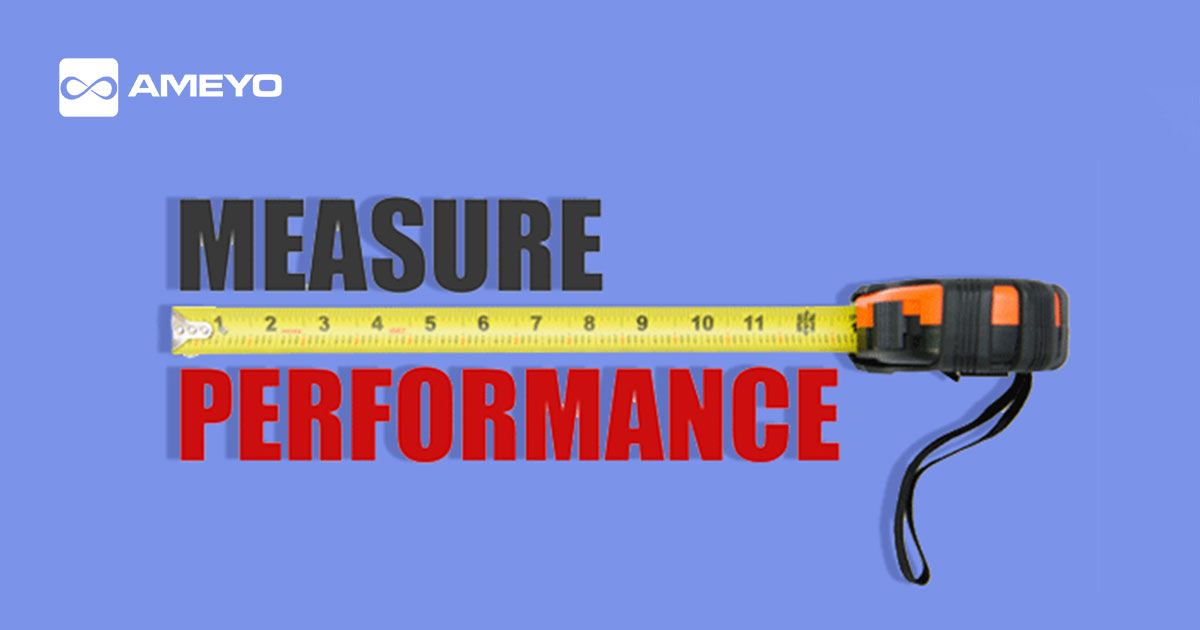ASA or Average Speed of Answer is a KPI (Key Performance Indicator) that is usually used by call center managers to assess the efficiency and performance of their teams along with the magnitude of accessibility for their callers. Though, there is no doubt that it is one of the most popular call center performance metrics, it can be also be tough for some to interpret.
Contact center managers should have a thorough understanding of what ASA actually is so that they can interpret it successfully. It is also important for them to measure KPI properly and appreciate the impact of a high ASA on the call center in its entirety, along with its agents and customers.
What is Average Speed of Answer?
This critical key performance indicator looks at the mean amount of time taken to answer the calls within a particular period of time. The KPI also includes the amount of time that callers have to wait for, while in a queue when the phone of an agent rings. However, it does not take into consideration the time taken for a caller to browse through the call center’s Interactive Voice Response.
To get a better grasp of how ASA has a lasting impact on the level of customer satisfaction, it is imperative that contact center managers must also do the following:-
1. To conduct an analysis for outlier
Since ASA is measured as an average or a mean, it is important to understand that it may or may not get skewed by the outliers. However, it will depend on the size of the sample taken. Therefore, it is necessary for managers to support their ASA analysis through data analysis from outliers. This will help to get a thorough appreciation of the wait time and how customer satisfaction can be affected.
Hence, while managers calculate ASA, it is vital to also do an outlier analysis simultaneously. Knowing that a few callers waited 30 minutes before their call was answered might be more meaningful than knowing whether the ASA was or wasn’t within an acceptable range.
2. Analysis of call abandonment rates
Whenever managers at a call center analyze ASA, it is crucial to understand that the Average Speed of Answer will only consider those calls that received a response. Therefore, managers must also measure the caller abandonment rates during the same time period to get a thorough understanding of the extent customer service is impacted by ASA in a contact center. For instance, if callers had to wait for about half an hour in the queue before giving up, this should be taken in as important information since customer satisfaction can be negatively impacted. However, it is interesting to note that ASA does not get affected negatively.
3. Effect of high ASA in a contact center
After a call center manager has developed an in-depth understanding on calculating ASA, it is crucial to understand how a high ASA may impact the call center. In fact, it can have a deep impact on the call center – at team level, among agents, and customers. A high ASA is related to the following:-
Low customer satisfaction
When a customer has to wait for a longer time to connect to an agent, his/her experience will be an unpleasant one. So, ASA is associated with negative customer satisfaction.
Brings down agent satisfaction
Customers become unhappy when they have had to wait for a considerable amount of time to speak to an agent. This can impact the satisfaction level of agents as far as their jobs are concerned, since their emotional exhaustion and stress go up.
Increased call abandonment rates
The more time a caller has to wait for calls to be connected, the more the possibility to come out of the queue. Therefore, ASA has a positive relation with call abandonment rates.
Call handle time goes up
When callers have to wait for their turns in long queues, their level of frustration goes up and they are quite likely to vent out their anger to the agents after getting connected. This in turn increases the agents’ call handle time.
Decreased efficiency of call center agent
Each second an agent spends while extending apologies to the callers for waiting in the queue, their efficiency gets reduced proportionately. Therefore, it can be safely said that call center efficiency and ASA are inversely related.
High number of escalated calls
In cases where callers had to wait got a longer time in the queue to speak to the agents, they would definitely want interact with higher authorities to discuss this issue. Therefore, as ASA increases, the number of calls also exhibits a corresponding increase.
ASA is a widely used KPI in contact centers that can offer a fast overview of the performance and efficiency of teams while measuring the level of accessibility to the callers. However, some call center managers are still unsure of how to measure it and the way it affects their call centers. So, it is imperative that managers develop an in-depth awareness of ASA.


